
Young readers often love to read about things that really happened, and those who read biographies of admirable people learn a great deal about the values of society while enjoying good stories. They may feel encouraged to read about other famous people or learn more about a historical period that catches their interest. These four new books are great places to begin:
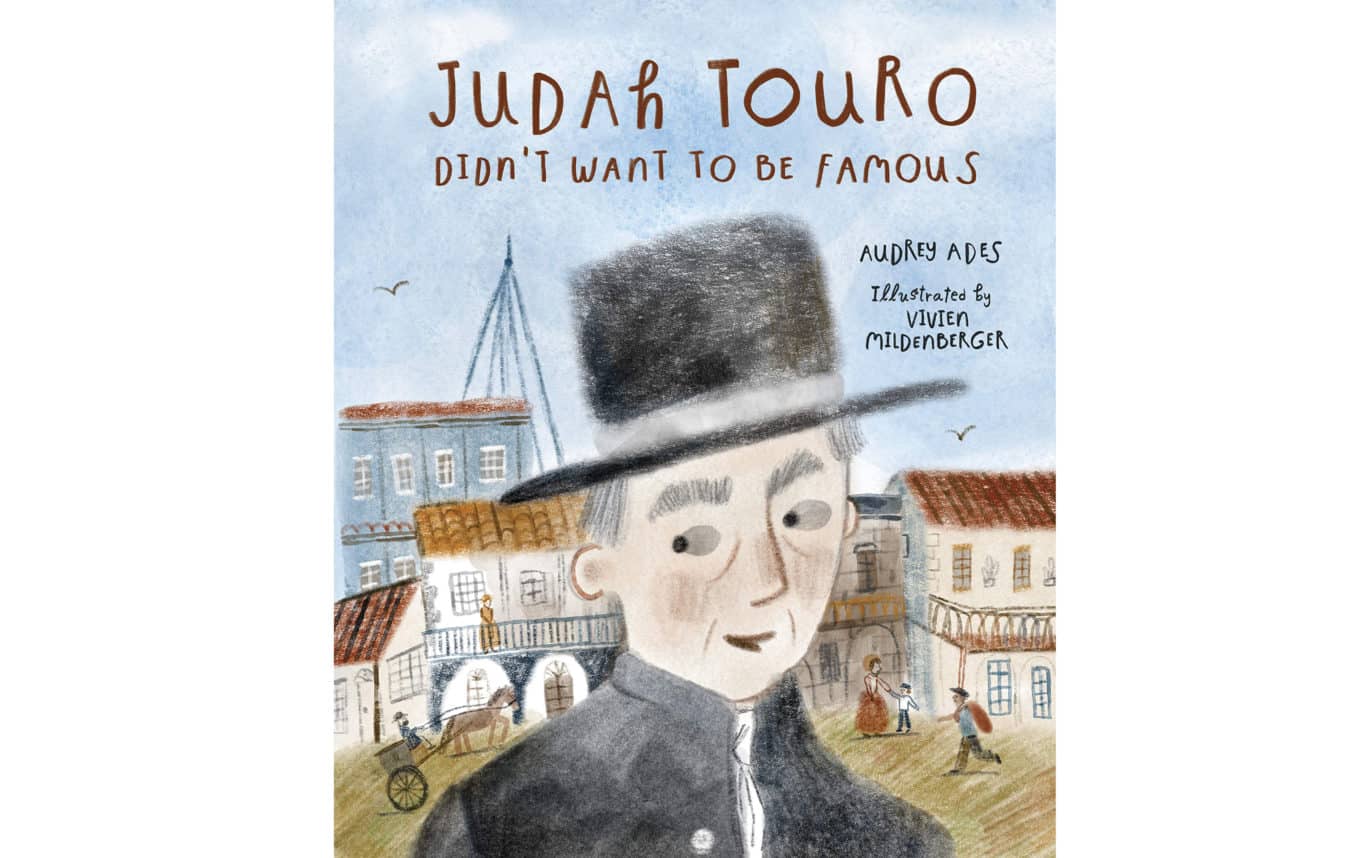
“Judah Touro Didn’t Want to be Famous” by Audrey Ades; illustrated by Vivien Mildenberger. Kar-Ben, 2020.
Most children have never heard of Judah Touro and likely neither have their parents − unless they are well-versed in American Jewish history. This picture-book biography of the noted Jewish philanthropist is particularly welcome because it illuminates the motivations often felt by wealthy individuals who feel gratitude and humility in relation to their riches and thus choose to help others less fortunate.
In 1801, Judah Touro, of Sephardic descent, sailed from Boston to New Orleans to open up a dry-goods store. He established a successful business, but 11 years later, became gravely wounded in the War of 1812. Upon recovery, he reconsidered his purpose in life and concluded he was not saved by God just to be a businessman making more and more money. His eyes opened to the poverty and disease of his adopted city, and he spent the remainder of his life building hospitals, orphanages, housing, schools, libraries, churches and synagogues.
He was particularly moved by the slave auctions he witnessed, and he began to pay off their masters in order to free enslaved people — often giving them money to start businesses. The book’s title refers to his desire to donate anonymously. The author states, “Over the course of his lifetime, Judah gave away more money than any other American of his time. But he was not famous. And that’s just the way he wanted it.” His is a true role model for young readers.
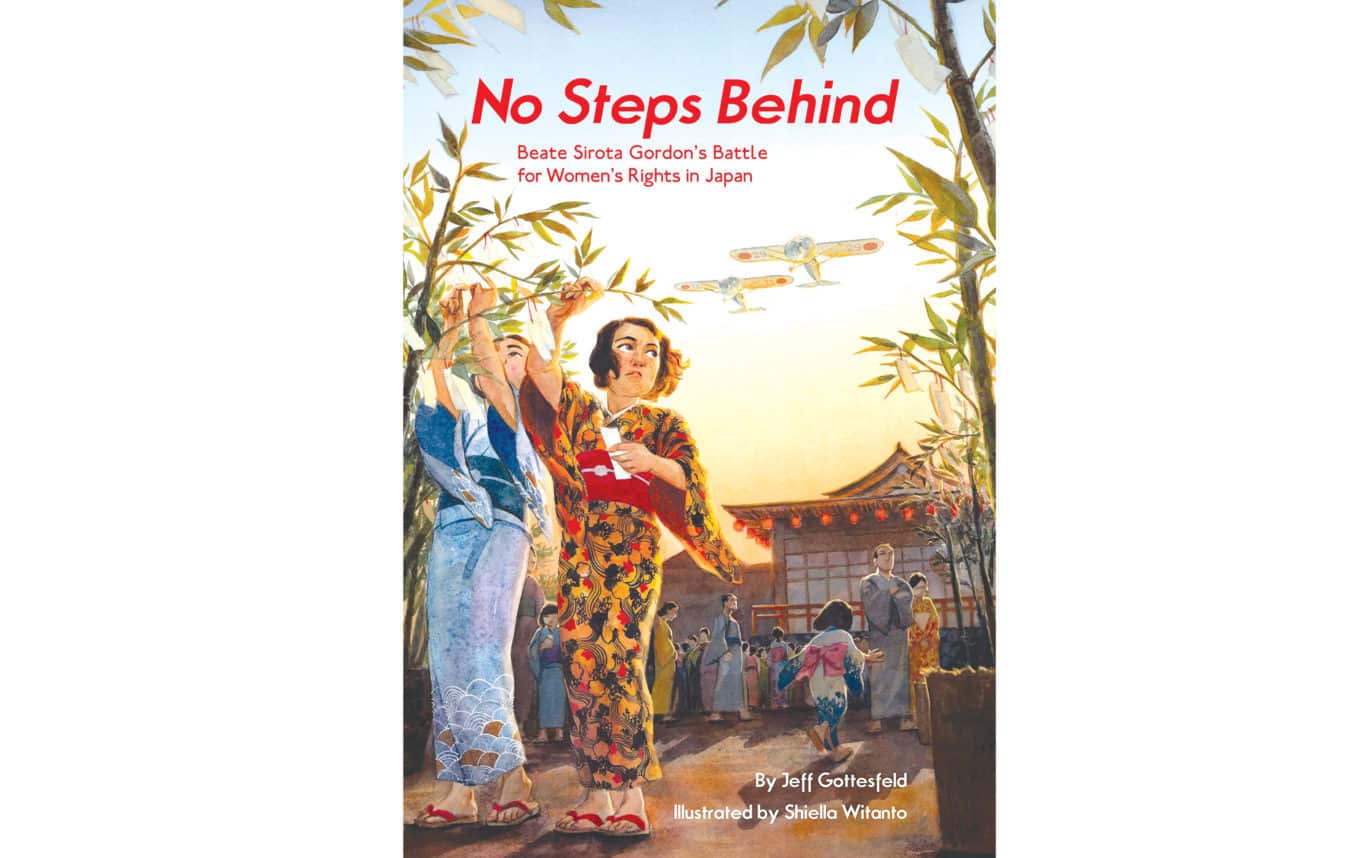
“No Steps Behind: Beate Sirota Gordon’s Battle for Women’s Rights in Japan” by Jeff Gottesfeld; illustrated by Shiella Witanto. Creston, 2020.
The unlikely story of Jewish woman named Beate Sirota (considered a hero in Japan, yet hardly known by Americans) is told well in this picture book for older readers. Six-year-old Beate and her family moved from Vienna to Japan in 1929. By 1947, she played an integral role in writing Japan’s post-war constitution, making certain it included clauses pertaining to equal rights for women. She was influenced by growing up in Japan at a time when “fathers could sell daughters to strangers” and women walked steps behind their husbands. As a teenager, Beate left Japan to study at Mills College in Oakland. While she was there, the Japanese attacked Pearl Harbor. Separated and unable to contact her parents, she supported herself by using her language skills to monitor Japanese radio and eventually got a job with the occupying American army. She then reunited in Japan with her now-impoverished parents and was assigned to help write Japan’s new constitution. She was the only woman in a room full of bickering men, but she insisted on the inclusion of an equal-rights clause for women, thus changing Japan’s history in one paragraph. Considering that the United States has never approved the passage of the Equal Rights Amendment, Beate Sirota is revered throughout Japan as a trailblazer. She died in 2012, and her personal archive recently was opened at Mills College.
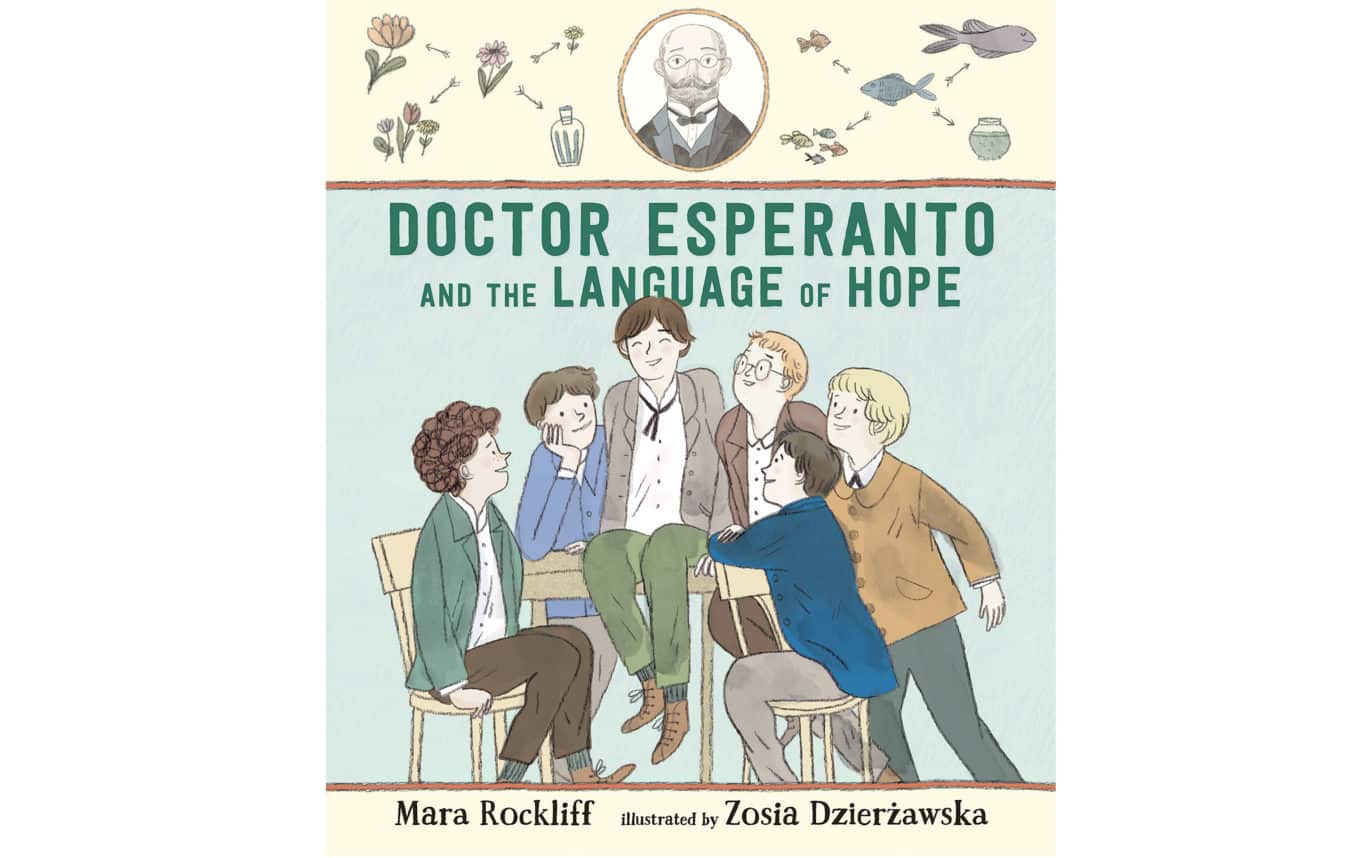
“Doctor Esperanto and the Language of Hope” by Mara Rockliff; illustrated by Zosia Dzierzawska. Candlewick, 2019.
A universal language for all humankind is the dream imagined by a young Layzer Zamenhof when he was growing up in Bialystock in the 1860s. He thought up an entire system of fitting together parts of words to form a new language, and it became his obsession. However, his father thought it was nutty, threw all Zamenhof’s research in the fire, and told him to go to university to study medicine. As an adult, Zamenhof and his wife, Clara, redeveloped the language and called it “Esperanto” — “one who hopes.”
Surprisingly, interest in the language spread around the world, and many speakers with the same hopes as its inventor met yearly at special conventions. Zamenhof once said, “My Jewishness is the main reason why, from my earliest childhood, I gave myself wholly to one overarching idea and dream, that of bringing together in brotherhood all of humanity.” Zamenhoff died in 1917. Although his children and many Esperanto speakers died in Nazi camps, Esperanto has never disappeared: There are two million Esperanto speakers worldwide today. This hopeful and beautifully illustrated book will inspire children to dream of how their own special ideas may have the power to influence the world.

“The Brave Princess and Me” by Kathy Kacer; illustrated by Juliana Kolesova. Second Story Press, 2019.
This realistically illustrated true story for older readers opens with the sentence, “There once was a princess who lived in Greece.” The author, well known for her historical works about the Holocaust, tells the story of Princess Alice of Battenberg, the great-granddaughter of Queen Victoria and wife of Prince Andrew of Greece. Her personal bravery saved an Athenian Jewish family from the Nazis; she hid them inside her well-appointed house on an upper floor. She was deaf and read lips to communicate, so every time the Gestapo questioned her about her activities, she pretended not to understand until they finally left her alone. This provides the suspense and action in the book that will appeal to young readers.
In 1949, Alice became a nun and devoted the remainder of her life to helping the poor. She was buried in east Jerusalem according to her wishes in 1969, and 20 years later, she was granted the title of Righteous Among the Nations, which was accepted by her son, Prince Philip, husband of Queen Elizabeth. This compelling book illuminates the inspiring story of a non-Jewish hero who stood up for her beliefs during turbulent times, and should be shared widely.
Lisa Silverman is the director of the Burton Sperber Jewish Community Library located at American Jewish University.











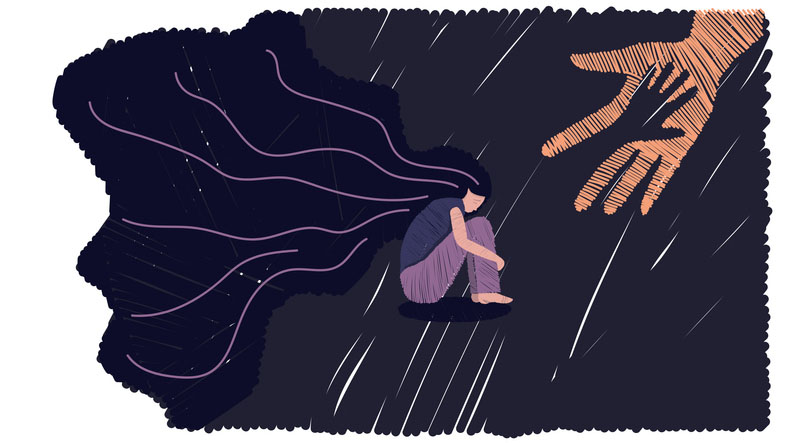

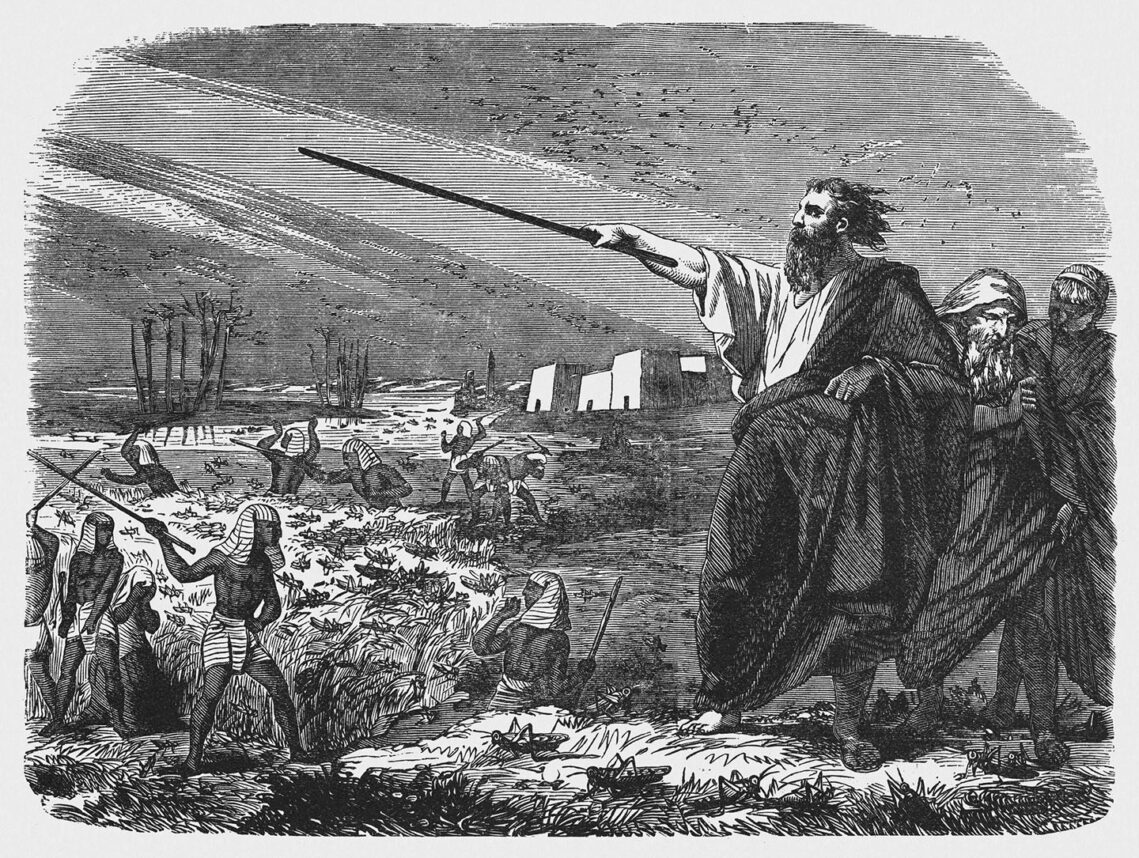








 More news and opinions than at a Shabbat dinner, right in your inbox.
More news and opinions than at a Shabbat dinner, right in your inbox.